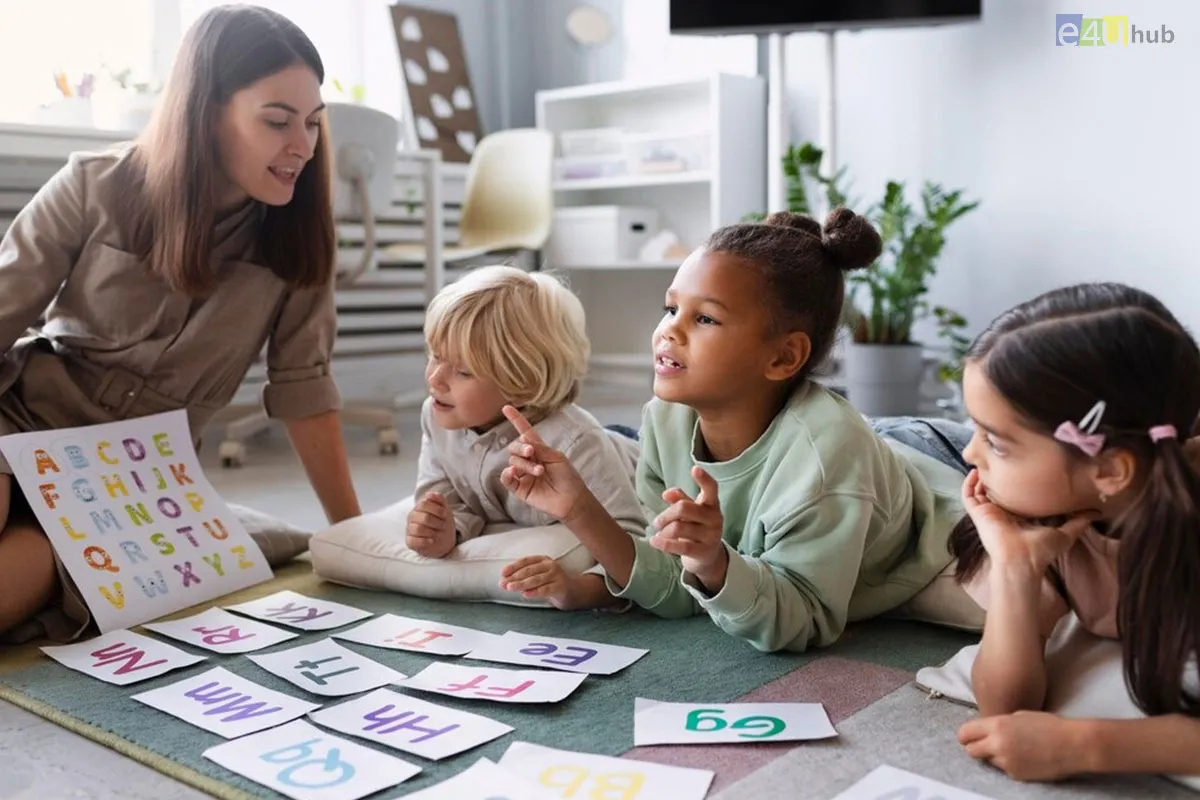
How To Encourage Children's Innate Learning Abilities
- 06 Dec, 2023
- Education
- 573 Views
- 0 Comments
Children are born with an innate curiosity and a natural desire to explore the world around them. As caregivers and educators, our role is to nurture and encourage these intrinsic learning abilities. Here are some effective strategies to foster and enhance children's innate love for learning:
1. Create a Stimulating Environment:
a. Rich Learning Spaces: Design environments that inspire curiosity, with a mix of books, educational toys, and interactive materials.
b. Nature Connection: Incorporate nature elements to stimulate exploration and connect children with the outdoors.
2. Encourage Questions and Curiosity:
a. Ask Open-ended Questions: Encourage critical thinking by asking questions that prompt exploration and curiosity.
b. Curiosity Challenges: Pose challenges that spark curiosity, inviting children to investigate and find solutions.
3. Embrace Play-based Learning:
a. Educational Play Materials: Integrate toys and games that promote learning, such as puzzles, building blocks, and interactive educational apps.
b. Role-Playing: Encourage imaginative play, which fosters creativity and problem-solving skills.
4. Support Inquisitive Interests:
a. Follow Their Lead: Observe children's interests and build on them. Tailor activities to align with their natural inclinations.
b. Provide Resources: Offer books, videos, or hands-on experiences related to their current interests to deepen their understanding.
5. Celebrate Efforts, Not Just Results:
a. Positive Reinforcement: Praise the process of learning, emphasizing effort, perseverance, and creativity.
b. Create a Growth Mindset: Teach children that mistakes are opportunities to learn and grow, fostering a positive attitude towards challenges.
6. Variety in Learning Approaches:
a. Visual, Auditory, and Kinesthetic Learning: Recognize and cater to diverse learning styles by incorporating visual aids, storytelling, and hands-on activities.
b. Field Trips and Experiences: Take children on field trips or organize experiences that allow them to learn in different environments.
7. Encourage Reading and Storytelling:
a. Regular Reading Time: Establish a routine of reading together. Choose a variety of books that cater to different interests and reading levels.
b. Create Stories Together: Encourage children to create their own stories, fostering imagination and language development.
8. Promote Peer Collaboration:
a. Group Activities: Facilitate collaborative activities that encourage teamwork, communication, and shared problem-solving.
b. Peer Learning: Encourage older children to mentor younger ones, creating a supportive learning community.
9. Incorporate Technology Mindfully:
a. Educational Apps and Games: Integrate age-appropriate technology that enhances learning, providing a balance between screen time and hands-on activities.
b. Digital Exploration: Explore educational content online that aligns with children's interests, expanding their knowledge base.
10. Foster a Love for Discovery:
a. Nature Walks and Exploration: Encourage outdoor activities like nature walks, fostering a love for the natural world and scientific discovery.
b. Science Experiments: Conduct simple, safe experiments that ignite curiosity and encourage a love for scientific exploration.
Conclusion:
By cultivating an environment that values curiosity, embraces different learning styles, and celebrates the joy of discovery, we empower children to tap into their innate learning abilities. Nurturing a love for learning not only enriches their early years but also sets the foundation for a lifelong journey of exploration and knowledge acquisition.















Leave a Reply